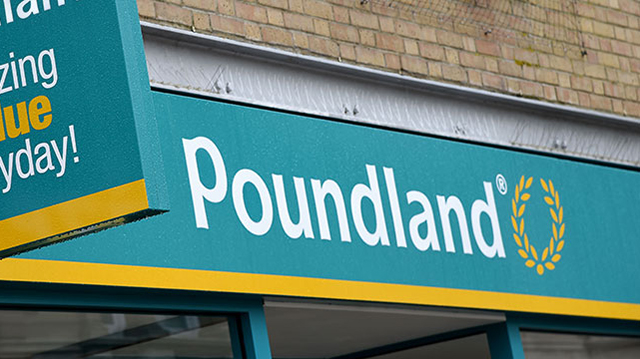Fund manager drives campaign for derivatives market. By Erica Billingham
Mention the words property derivative and the average surveyors’ eyes glaze over.
Over the past decade, various promoters have dreamt up several weird and wonderful schemes (see below). But none has cracked the old chestnut of how to create a large, liquid derivatives market in which investors can tap into property returns without having to buy or sell a single brick.
Now the Prudential plans to have another go. This week Paul McNamara, property research director at Prudential Portfolio Managers, called on fund managers to nurture a property swaps market.
The concept is straightforward. A swap is a contract between two investors to exchange two streams of income – in this case, the total returns from different sectors of the market as measured by the IPD index.
Restructuring portfolios
For example, a fund manager that wanted to restructure its portfolio by increasing exposure to shopping centres and cutting office weighting could team up with another investor who wanted to do the opposite, and swap IPD office returns for retail returns(see below).
One of the main arguments for trading swaps instead of the physical assets is well rehearsed.
Property is a lumpy investment and it can take months to complete a deal. Derivatives, such as swaps, could – in theory – be bought and sold more quickly and in smaller amounts. Nothing new in that.
But what has changed since the last attempt to set up a derivatives market fizzled out is the cost of buying property. Stamp duty has gone up to 3.5% and investors are seeing transaction costs eating into returns.
McNamara reckons that in total fund managers spend around £550m a year on rejigging portfolios. Swaps, which would avoid this tax, would be a much cheaper alternative.
“Swaps are a more efficient mechanism to transact property. They’re used in other asset classes, so why not property?” he argues.
Nick Ritblat, a British Land director and supporter of the Pru’s initiative, believes the trend of rising stamp duty has injected a fresh impetus into the search for an alternative to trading bricks and mortar.
“The fact that transaction costs are so high is justification alone for people to find other ways to transact property,” he says.
Low inflation may also rekindle peoples’ interest in swaps, he believes. “In a more stable price environment, it’s harder to make money. Derivatives could help you squeeze more from returns because they save on transaction costs.”
That is the theory. The hard bit is making it work in practice.
“Swaps have some merit, but building up the momentum and the critical mass will be all important to create an active market,” says Stuart Beevor, property managing director at Legal & General.
McNamara is the first to admit that setting up a swaps market from scratch is a tall order. For a start, he needs to find an independent market maker – ideally an investment bank – that will match up investors who want to swap returns.
But the market maker will first have to be convinced that the volume of potential business is big enough to make it worthwhile. To get things going, institutions will have to use their own initiative to find the right partner to swap returns with.
Regulatory issues
There are also critical regulatory issues which need clearing with the government before swaps would be suitable for insurance companies to invest in.
Technicalities aside, the success or failure of property swaps – like any other derivative – will hinge on whether enough investors hold different views about the market.
Sceptics doubt whether property derivatives will get off the ground because, they say, institutions display a herd-like tendency. They either all want to buy or all want to sell at the same time.
But McNamara points out that swaps would operate at a sector level. The investor has already decided to be in property, and the issue is whether to back retail, offices or industrial.
Different opinions should arise over the relative performance of each sector.
In an industry short on innovation, the Pru’s swaps initiative is worth taking seriously. But as to whether it will work or not, ultimately the market will decide.
|
Derivatives: the story so far |
|
|
What are swaps and how do they work? |
|










